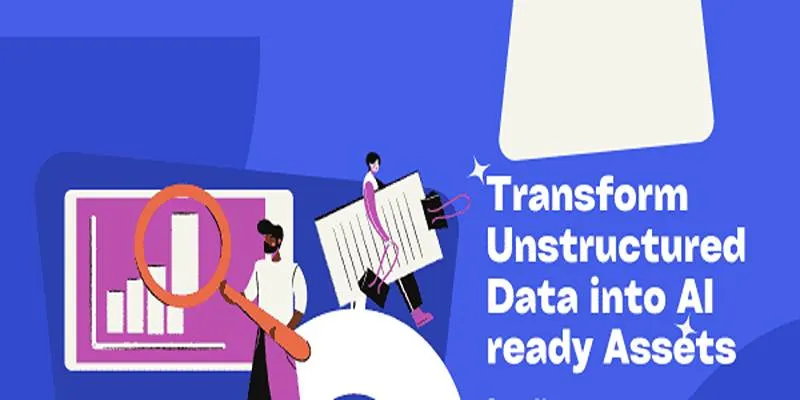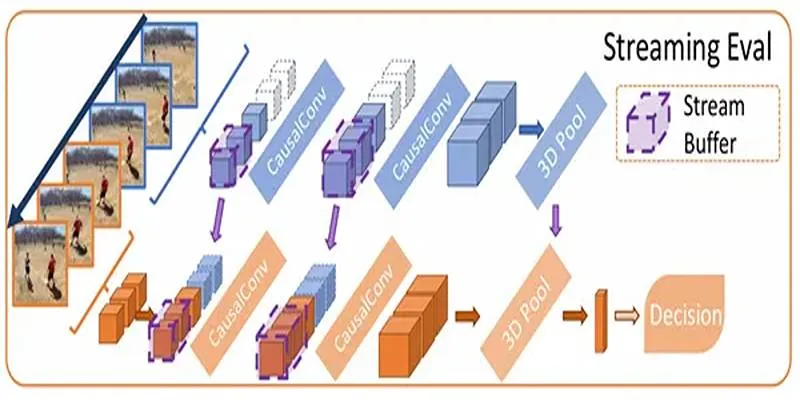In today’s competitive market, discovering new opportunities can often feel like searching for a needle in a haystack. However, Artificial Intelligence (AI) has transformed this process, enabling businesses to uncover hidden market gaps that traditional methods frequently overlook. Rather than relying solely on historical data or intuition, AI delves into complex datasets to reveal emerging trends and unmet consumer needs.
By analyzing online conversations or predicting future demand shifts, AI equips businesses with the insights necessary to stay ahead of the curve and drive innovation. This makes AI an essential tool for growth and success.
How AI Pinpoints Hidden Market Opportunities
AI’s ability to analyze massive amounts of data at lightning speed is a game- changer. Traditional market research methods often depend on historical data and human intuition, which have their limitations. In contrast, AI can sift through intricate datasets from various sources—such as customer feedback, competitor pricing, and emerging consumer trends—to identify patterns not immediately apparent to human analysts.
Take sentiment analysis, for example. By examining online posts and social media discussions, AI can detect dissatisfaction or unmet needs in a specific niche. Although individual complaints about missing features or unsatisfactory services may be too scattered for conventional surveys to capture, AI can gather and process these insights, highlighting potential market gaps.
Another crucial AI capability is predictive modeling. Through machine learning algorithms, businesses can forecast changes in consumer behavior or demand shifts before they occur. For instance, if a certain demographic begins purchasing a product more frequently during specific times of the year, AI can identify this trend early. With this information, a company could create a customized product line or promotion to address growing demand, effectively outpacing competitors who remain unaware of the trend.
Leveraging AI Insights to Develop New Strategies
Identifying a market gap is just the beginning; the next challenge is developing a strategy to exploit it. AI doesn’t stop at discovery—it also guides decision-making. For instance, Natural Language Processing (NLP) tools can uncover the specific language customers use when describing pain points, allowing businesses to refine their messaging. Similarly, AI-driven competitor analysis provides detailed insights into what other market players are doing wrong—or are failing to do—helping businesses position their offerings more effectively.

AI also aids in product development. Consider a company that sells athletic apparel. By analyzing customer reviews, social media posts, and purchasing data, AI might identify a consistent complaint: the lack of environmentally friendly materials. The company can then innovate by designing a new line of eco-friendly products that directly cater to this unmet demand. This not only fills a gap but also establishes the business as a leader in sustainable solutions.
Moreover, AI supports better decision-making around pricing and distribution. Advanced algorithms can identify underserved geographic regions or customer segments that would benefit from a lower price point or alternative distribution model. These insights enable companies to target efforts more precisely, avoiding wasted resources and maximizing return on investment.
Real-World Examples of AI Spotting Gaps
The application of AI in identifying market gaps is not just theoretical; it’s already in practice. In the consumer electronics industry, a major retailer used AI-driven analytics to spot a surprising market gap: a growing demand for affordable, durable wireless earbuds for active lifestyles. Existing products were either too expensive or not durable enough for exercise. With this insight, the company developed a mid-range, sweat-resistant earbud that quickly captured significant market share.
In the healthcare sector, AI analysis of patient data and treatment outcomes revealed that certain communities lacked access to affordable telemedicine options. By identifying these underserved areas, a healthcare provider introduced a low-cost telemedicine service tailored to those populations, filling a critical gap in healthcare accessibility.
These examples demonstrate how AI not only identifies gaps but also facilitates actionable strategies that deliver tangible business results. By leveraging AI tools, companies can pinpoint needs they might otherwise overlook, gaining a clear advantage in a competitive landscape.
Challenges and Considerations
While AI analysis offers substantial benefits, it’s crucial to approach this technology thoughtfully. The quality of insights AI provides depends heavily on the data quality it analyzes. If data is biased, incomplete, or outdated, AI may miss important signals or suggest gaps that don’t truly exist. Businesses must invest in robust data management to ensure their datasets are diverse, current, and well-structured.

Another consideration is interpretability. AI models can be complex, and it’s not always clear how they arrive at specific conclusions. For companies to trust and act on AI recommendations, they need tools that explain the rationale behind these insights. Interpretable AI helps businesses understand the “why” behind the insights, building confidence in strategic decisions.
Finally, while AI can reveal hidden market gaps, human judgment remains essential. AI provides a data-driven foundation, but business leaders and product teams must determine the best way to act on that information. Combining AI’s analytical power with human creativity and strategic thinking ultimately leads to successful outcomes.
Conclusion
AI-driven analysis is a powerful tool for identifying hidden market gaps, offering businesses insights into unmet needs and emerging trends. By leveraging AI’s capabilities in data processing and pattern recognition, companies can innovate and create targeted strategies to stay ahead in a competitive market. While human judgment and creativity remain vital, AI provides the data-driven foundation for successful decision-making, helping businesses capitalize on opportunities and drive growth in an ever-evolving market.
 zfn9
zfn9






















